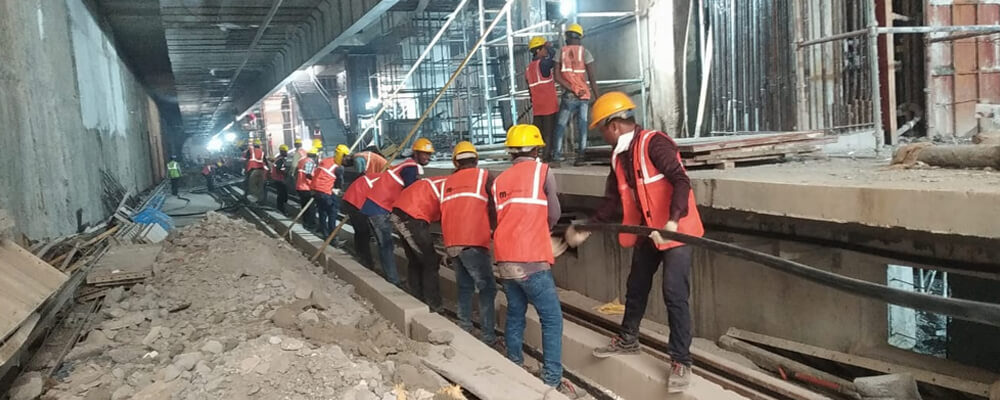Cable Laying Work
Cable Laying Work is a crucial part of electrical infrastructure installation, involving the safe routing and installation of power, control, or communication cables — either underground, overground (tray/duct), or through conduits — in residential, commercial, or industrial projects.
Cable Laying Work – Step-by-Step Process
Site Survey & Planning
- Assess route, load capacity, and environment (soil condition, obstructions).
- Choose cable type (LV, MV, HV; armoured or unarmoured).
- Determine method: underground, trenching, ducting, tray/trunking, or conduit.
- Identify clearance requirements (e.g., from gas/water lines).
Cable Laying Methods
a. Underground (Direct Burial)
- Excavate trench as per design (usually 750–1200mm deep).
- Lay a sand bed (100mm), install cables, cover with sand and warning tape.
- Backfill with soil and compact.
b. Duct/HDPE Pipe Laying
- Used for easier cable pulling and future replacement.
- Cables pulled or pushed through ducts using winches or rods.
c. Cable Tray/Trunking (Overground)
- Install trays on walls or supports.
- Lay cables neatly and secure with saddles or clamps.
- Allow for expansion and heat dissipation.
d. Conduit Laying (Indoor/Surface)
- For small-diameter control or lighting circuits.
- Use PVC or GI conduits for mechanical protection.
Cable Pulling & Installation
- Position cable drum properly (labelled end first).
- Use rollers to prevent cable dragging.
- Maintain minimum bending radius (as per cable specs).
- Avoid pulling tension beyond the rated limit.
Cable Termination & Jointing
- Strip insulation carefully.
- Fit lugs/glands and crimp using appropriate tools.
- Use heat-shrink or cold-shrink kits for HV/MV joints.


